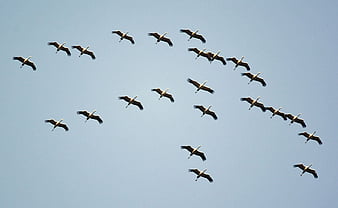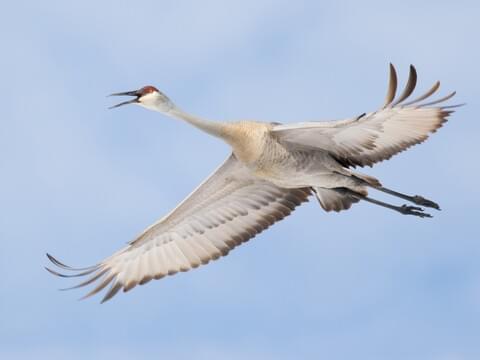

What type(s) of conflict is presented at the beginning of "The Open Boat"?.What does it mean that "None of them knew the color of the sky"? What kind of mood does this set for the story?.Next ask students to point out some of the descriptive language in this opening scene: These waves were most wrongfully and barbarously abrupt and tall, and each froth-top was a problem in small boat navigation. Many a man ought to have a bath-tub larger than the boat which here rode upon the sea. The horizon narrowed and widened, and dipped and rose, and at all times its edge was jagged with waves that seemed thrust up in points like rocks. These waves were of the hue of slate, save for the tops, which were of foaming white, and all of the men knew the colors of the sea. Their eyes glanced level, and were fastened upon the waves that swept toward them.

Encountering the SeaĪsk students to turn to the beginning of "The Open Boat": NONE of them knew the color of the sky. This exercise will encourage students to note the progress of the plot and begin to think about the symbols and imagery used throughout. It took an anxious eye to find a lighthouse so tiny.Īs they read, ask students to note key moments in the story where there seems to be a significant shift in the crew's journey. It was precisely like the point of a pin. "It's exactly in that direction."Īt the top of another wave, the correspondent did as he was bid, and this time his eyes chanced on a small still thing on the edge of the swaying horizon. "No," said the correspondent, slowly, "I didn't see anything."

But at last there came a wave more gentle than the others, and when at the crest of it he swiftly scoured the western horizon. The correspondent was at the oars, then, and for some reason he too wished to look at the lighthouse, but his back was toward the far shore and the waves were important, and for some time he could not seize an opportunity to turn his head. Presently the cook remarked that he had seen it. Students might point to a number of passages from the text, such as the following example: The captain, rearing cautiously in the bow, after the dingey soared on a great swell, said that he had seen the lighthouse at Mosquito Inlet.

Now that students have encountered some of the literary and geographic context for the story, they are ready to begin reading the story.


 0 kommentar(er)
0 kommentar(er)
